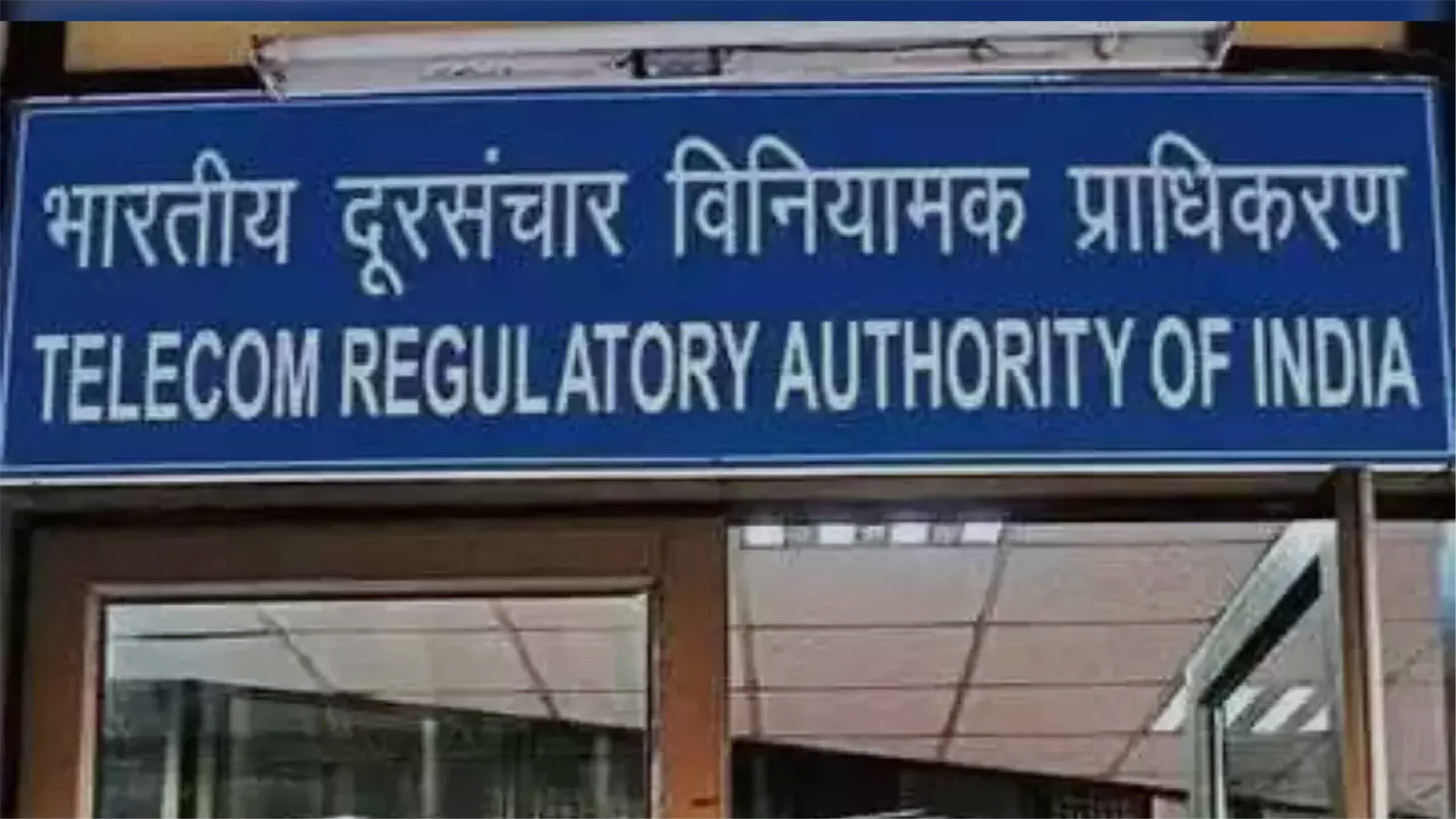TRAI’s Consultation Paper on OTT Platforms
Introduction
Recently, a Consultation Paper on Regulatory Mechanisms for Over-The-Top (OTT) Communication Services was published by the Telecom Regulatory Authority of India (TRAI). The paper explores several OTT regulation-related challenges and solicits input from stakeholders on a suggested regulatory framework. We’ll summarise the paper’s main conclusions in this blog.
Structure of the Paper
The Telecom Regulatory Authority of India’s Consultation Paper on Regulatory Mechanism for Over-The-Top (OTT) Communication Services and Selective Banning of OTT Services intends to solicit comments and recommendations from stakeholders about the regulation of OTT services in India. The paper is broken up into five chapters that cover the introduction and background, issues with regulatory mechanisms for OTT communication services, issues with the selective banning of OTT services, a summary of the issues for consultation, and an overview of international practices on the topic. Written comments from interested parties are requested and may be sent electronically to the Advisor (Networks, Spectrum and Licencing) at TRAI. These comments will also be posted on the TRAI website.
Overview of the Paper
- Chapter 1: Introduction and Background
- The first chapter of the essay introduces the subject of OTT communication services and argues why regulatory frameworks are necessary. The chapter also gives a general outline of the topics and the paper’s organisation that will be covered in the following chapters.
- Chapter 2: Examination of the Issues Related to Regulatory Mechanism for Over-The-Top Communication Services
- The second chapter of the essay looks at the problems with OTT communication service regulation. It talks about the many kinds of OTT services and how they affect the conventional telecom sector. The chapter also looks at the regulatory issues raised by OTT services and the various strategies used by various nations to address them.
- Chapter 3: Examination of the Issues Related to Selective Banning of OTT Services
- The final chapter of the essay looks at the problems of selectively outlawing OTT services. It analyses the justifications for government restrictions on OTT services as well as the possible effects of such restrictions on consumers and the telecom sector. The chapter also looks at the legal and regulatory structures that determine how OTT services are prohibited in various nations.
- Chapter 4: International Practices
- An overview of global OTT communication service best practices is given in the paper’s fourth chapter. It talks about the various regulatory strategies used by nations throughout the world and how they affect consumers and the telecom sector. The chapter also looks at the difficulties regulators encounter when trying to create efficient regulatory frameworks for OTT services.
- Chapter 5: Issues for Consultation
- This chapter is the spirit of the consultation paper as it covers the points and questions for consultation. This chapter has been classified into two sub-sections – Issues Related to Regulatory Mechanisms for OTT Communication Services and Issues Related to the Selective Banning of OTT Services. The inputs will be entirely focused on these sub headers, and the scope, extent, and ambit of the consultation paper rests on these questions and necessary inputs.
Conclusion
An important publication that aims to address the regulatory issues raised by OTT services is the Consultation Paper on Regulatory Mechanisms for Over-The-Top Communication Services. The paper offers a thorough analysis of the problems with OTT service regulation and requests input from stakeholders on the suggested regulatory structure. In order to make sure that the regulatory framework is efficient and advantageous for everyone, it is crucial for all stakeholders to offer their opinion on the document.





